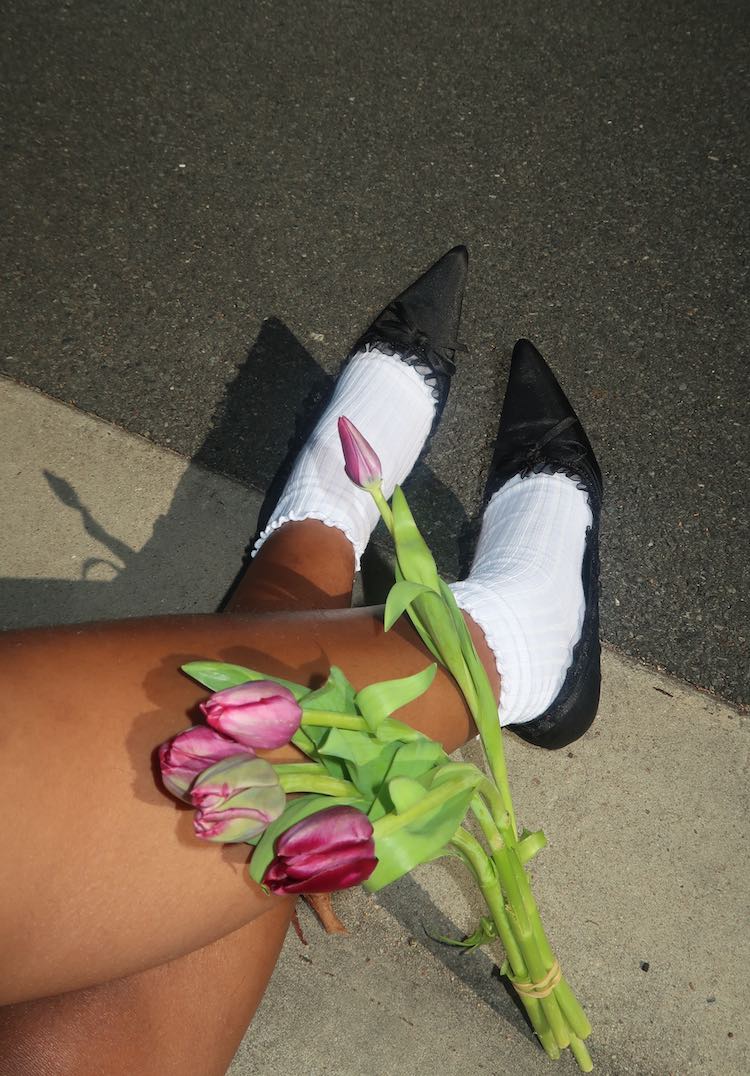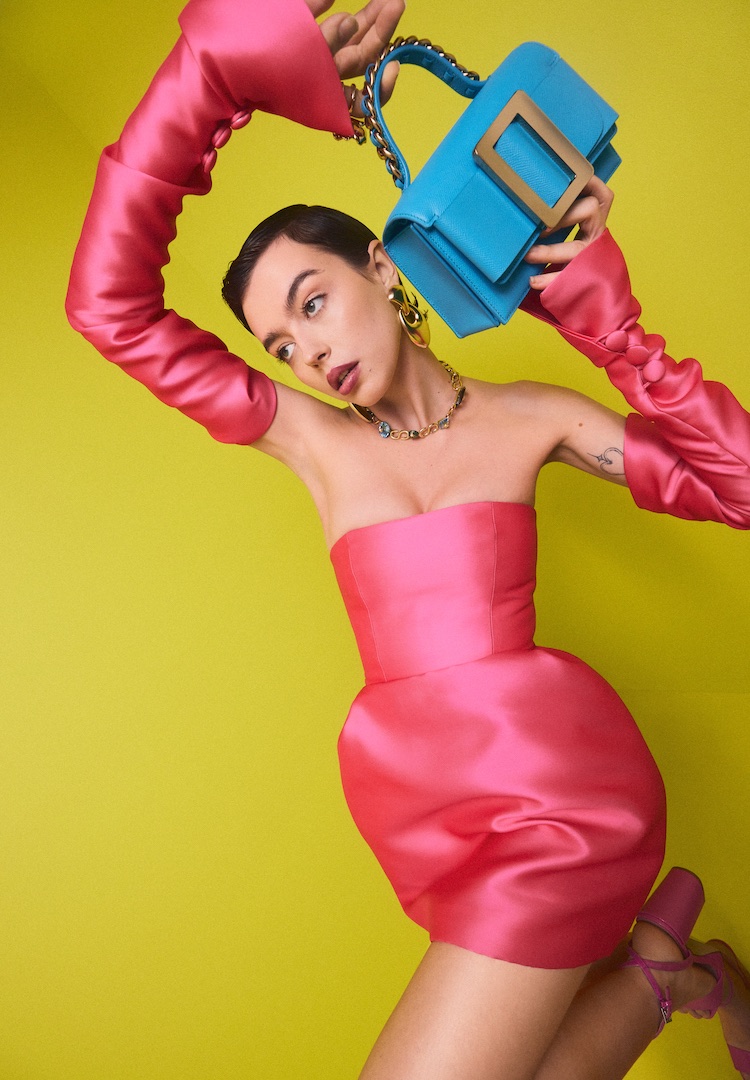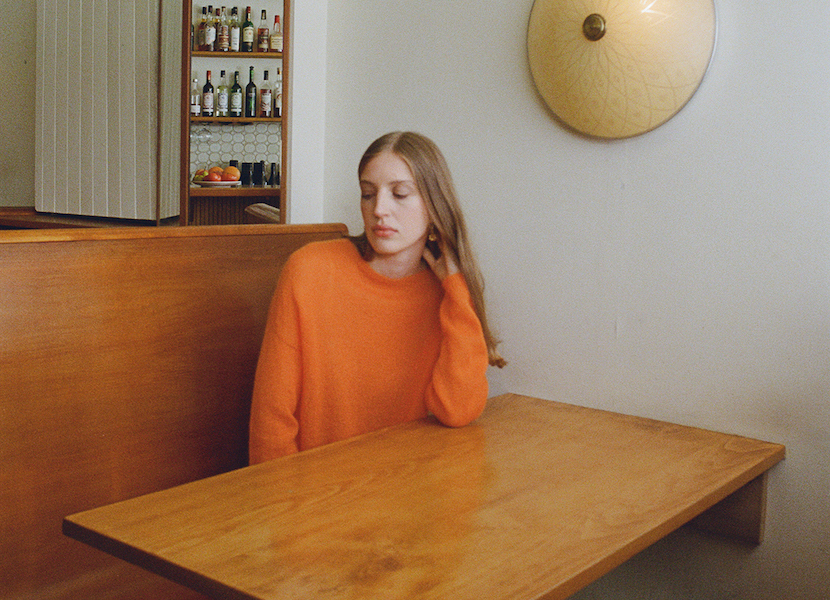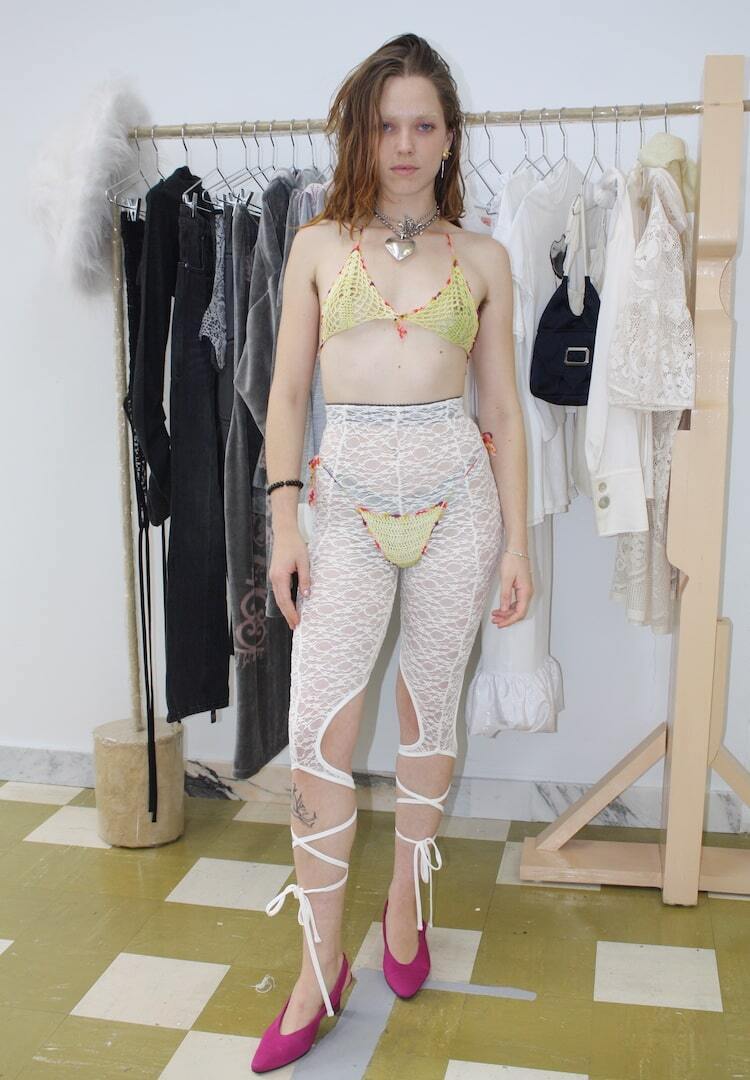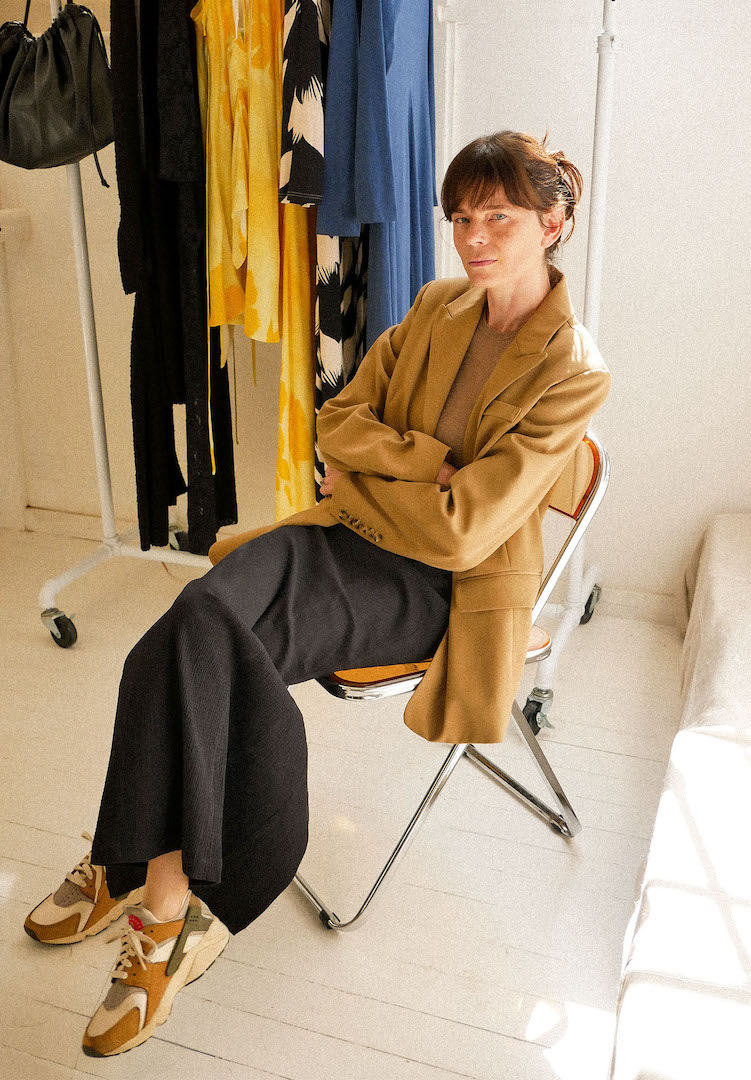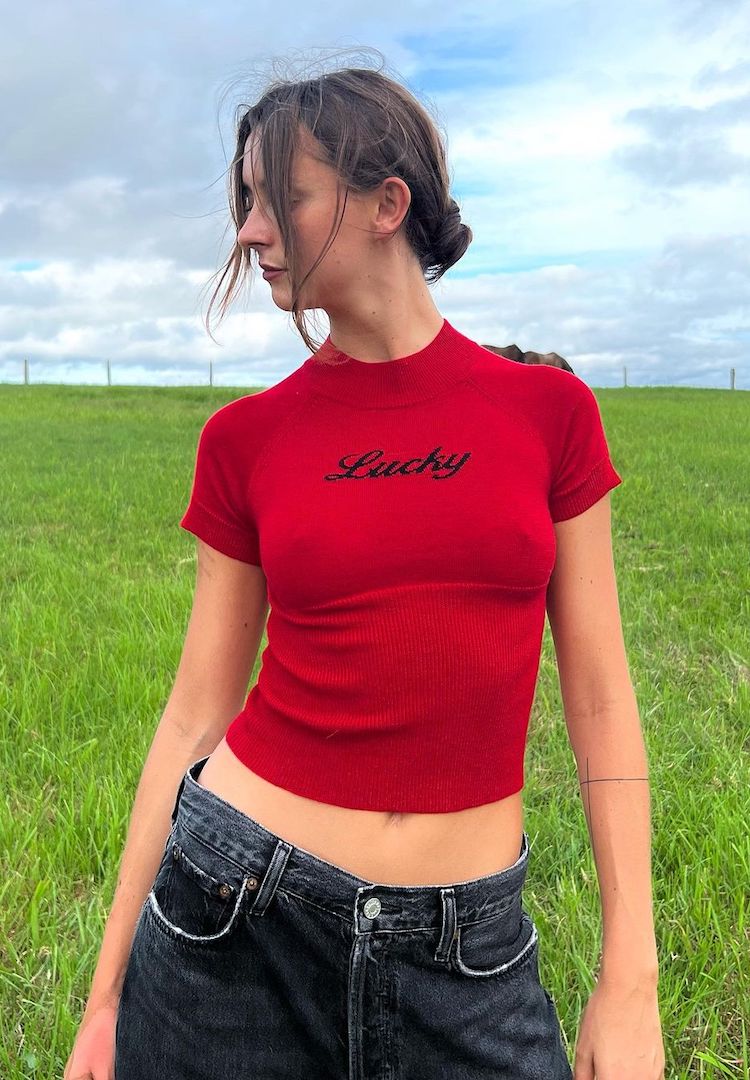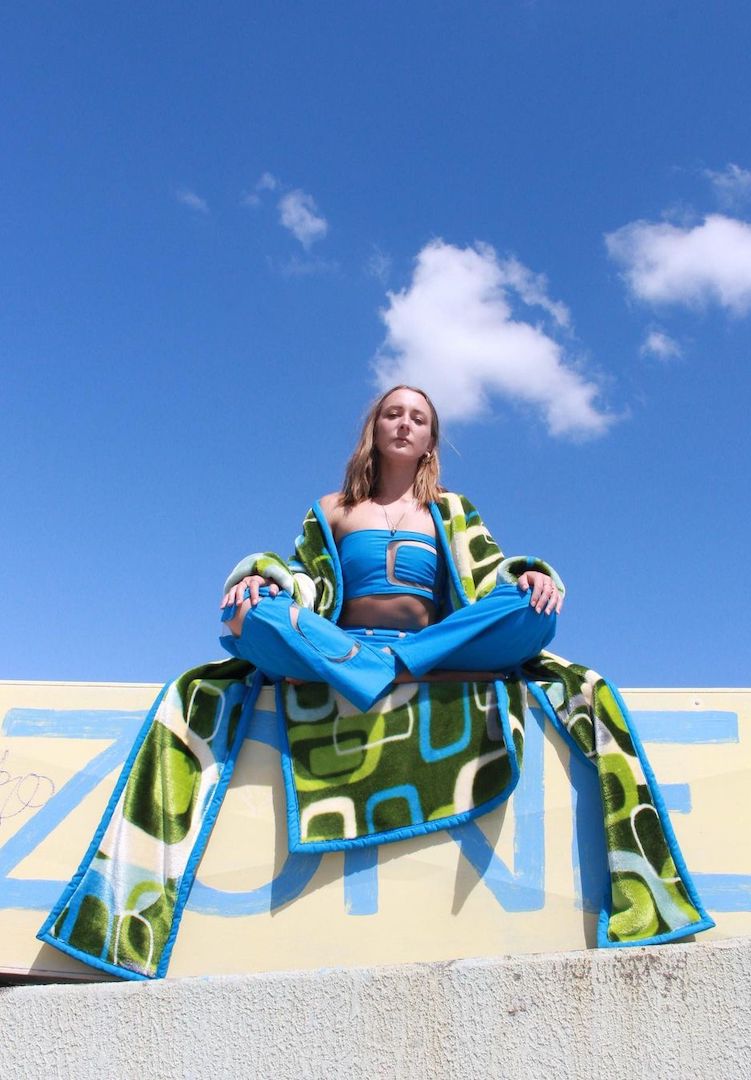“No itchy wool”: Auckland label Francie fashions transeasonal knitwear from natural fibres
PHOTOGRAPHY BY Ilsa Wynne Hoelscher Kidd
WORDS BY MAGGIE ZHOU
“We do beautiful knits, made locally.”
Be warned, if you sift through photos of Francie‘s knitwear, you may be overcome with a sudden urge to live in an eternal autumn. The idea of exclusively wearing cosy cardigans and ultra-soft jumpers is extremely alluring, especially when said garments are as carefully crafted as Francie’s are.
Founded by Anna Woodruff, Francie is a label dedicated to natural materials and clothes that “respect the body in both fit and feel”. A Melbourne-born maker who’s recently relocated to Auckland, New Zealand, Anna has been a maker since she can remember. Growing up, her mother and great-grandmother used to make clothes for her Barbies. Incidentally, that’s how Francie got her name. “Francie was named after Barbie’s ’60s mod cousin of the same name,” Anna shares.
For more fashion news, shoots, articles and features, head to our Fashion section.
It was never her aim to create a sustainable or ethical label, but Anna knew she didn’t want to exploit people or the planet when releasing her textiles into the world. Francie is made in New Zealand and Melbourne, and the cross-Tasman label uses only natural fibres and keeps size fluctuations in mind during the design phase. Here, Anna talks to us about the journey of the label so far.
Tell us about you. What’s your fashion background?
I’ve always been enthralled with all things soft and tactile, mainly textiles rather than fashion. I’ve been teaching myself how to make things with my hands for as long as I can remember. I studied sculpture at Monash [University], and then when my obsession with textiles became obvious, I moved to studying textiles at RMIT where I majored in weav[ing] and knit[ting].
View this post on Instagram
After I graduated I worked in fabric stores, in clothing retail, then as a textile designer, then as a fashion buyer. Through all of that, my passion for textiles continued, but I also started to learn how they can make people feel – both good and bad. This is still very woven into my work today.
How did the label get started? Talk us through the process and the challenges.
I thought there was a gap for something special in Melbourne. I didn’t have a very clear idea of what we wanted to do, so there was a bit of everything – hand-painting fabrics, designing dresses, making brooches – but nothing made it out of the design room.
View this post on Instagram
I’ve since read that every designer goes through a period where they have developed good taste, but they haven’t mastered what they are making yet. So they have the taste to know it’s not good enough, and they don’t release it. I think that’s exactly what Francie was for the first few years, just a lot of trialling and not being satisfied enough with any of the designs to release them.
The first prototype of our Doll’s Jumper was made by cutting up a jumper into rectangles, sewing it together and then working with a knitwear programmer to recreate it on a knitting machine. It was the first time I had the guts to back one of our designs and actually make it… I’m so glad that I persisted and finally created something I loved enough to actually release it, the Doll’s Cardigan is still in the collection today.
What were you trying to achieve from the project at the time?
View this post on Instagram
Initially, I just wanted to make great knitwear and was looking overseas at production also. But I realised that the best way to ensure our pieces were made sustainably and ethically was to keep it local. It was never the main premise that the brand should be ethical and sustainable, it was just a given for me that my business could not be built on the exploitation of others or the planet.
I wanted a label of beautiful knits, [it] just happened to be made locally. At the time it was just a passion project, [I] just worked on it one day a week and the idea of paying myself [for] it seemed oh so distant.
How has this evolved and what are you trying to communicate through the brand now?
View this post on Instagram
A lot is the same we still make locally, but thank goodness we aren’t hand-dyeing each piece any more! Half of our pieces are knitted in our original Melbourne factory and now the other half are made in New Zealand. The local knitting scene is so small that it has been great for each factory to work to its own strengths and also share knowledge across the Tasman.
Over time we have been able to increase our range and have more sizes which I’m so glad about. We are also more focused on promoting a slow fashion approach to our wardrobes. We are always trying to share about how we can all buy less, buy well, care and repair knitwear, and eventually re-home or dispose thoughtfully. It’s been so great chatting with people and helping them restore pieces that they thought were ruined and teaching care and repair skills that they can apply to anything in their wardrobe!
Where did the name come from?
View this post on Instagram
This is pretty topical – Francie was named after Barbie’s ’60s mod cousin of the same name! We loved the boxiness of doll’s clothes and the idea of playing dress-ups. My great-grandmother and my mum made the most amazing intricate little clothes for my Barbies, even little knits!
Francie was also one of the first Barbies that wasn’t White and blonde, which we loved. Initially, our ideas were super colourful, but as my aesthetic evolved the brand has too. However, I think that element of playfulness will always remain.
How would you describe your brand to someone who’s never seen it before?
We do beautiful knits, made locally. Our pieces are designed to respect the body in both fit and feel. That’s why we take the time to do countless fittings on many different figures and find the best quality yarns that feel amazing against the skin. (No itchy wool here!)
View this post on Instagram
What are you most proud of in your work on your brand?
That people of different ages, heights, sizes and genders feel good in our pieces! We still need to work on how our imagery reflects this, but I’m so proud that almost everyone can find a piece that they look and feel great in… When we first started I decided to only work with raglan and drop shoulder sleeves; without set-in sleeves, our designs have the flexibility to work on lots of different people. It also means that if you change size, as bodies do, that knit you invested in three years ago will still fit.
We also chose to name our two sizes ‘petite’ and ‘relaxed’ because I didn’t want people to feel trapped by a tag. I wanted people to be able to just select the piece that they loved the look and feel of, without feeling pressured by the size on the label. There is nothing that makes me happier than helping people feel great in clothes.
View this post on Instagram
What do you wish you had known when you started?
An endless number of things… but here are a few! Always add 30 per cent to your time and budget estimates. What can go wrong, will go wrong. Always take a deposit, and never send anything without full payment first. Over-communication is key, and get everything in writing. It’s okay not to get everything perfect from day one. There always has to be compromises as you get started, and you can continue to improve over time.
Who is most exciting in the Australian and New Zealand fashion scene right now?
In terms of labels, I personally love what Song for the Mute is doing. [Its] experimentation with textures and palette are just bang on. I have a lot of Penny Sage and Dominique Healy in my wardrobe, their relaxed femininity is irresistible. In terms of retail spaces, Before March in Northcote, Melbourne is a treat for the senses; they have curated some of the most beautiful and hard-to-find local and international labels.
View this post on Instagram
I am also excited about the Circular Sourcing website that has just launched, they help connect designers with each others’ dead stock fabrics to minimise waste. We have been chatting with them about adding our excess yarns to their offering, which will be great.
What about the Australian and New Zealand fashion scene needs to change?
I think we need to embrace how small we are as a community and come together rather than being competitive. I have definitely experienced the ugly, ego-driven side of the fashion industry and it just makes things harder and less enjoyable for everyone. My approach when starting Francie was to just be an open book, to collaborate and share resources with other designers rather than try to keep them to myself.
View this post on Instagram
Teaming up with other creatives in this way has helped us all learn more, reduce waste, save money, and most of all been so meaningful and fun! I think as more local designers embrace this approach the local scene will continue to thrive.
How can we buy one of your pieces?
Our full collection is on our website and at our new Auckland Studio, 407a Richmond Road, Grey Lynn. You can also find our pieces in store with our stockists, and connect with us on our Instagram!
Keep up with Francie here.

